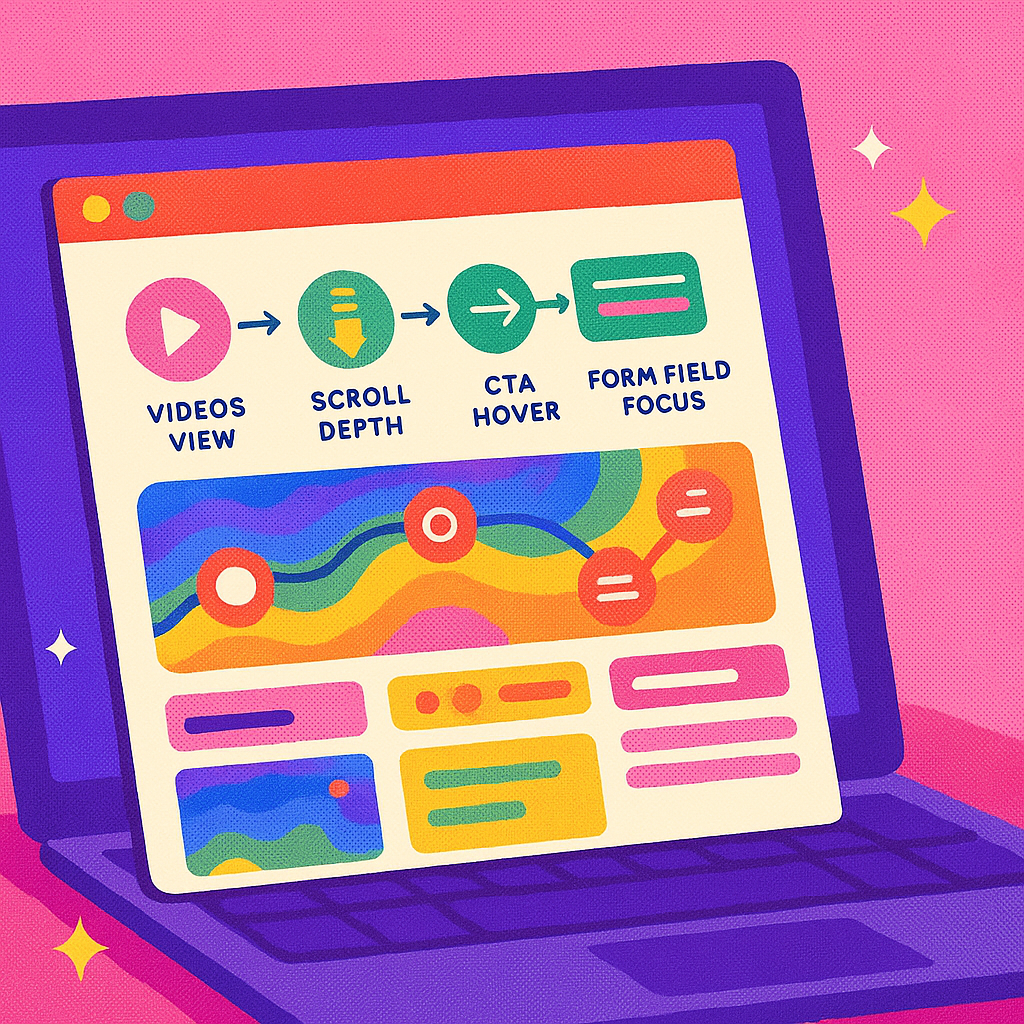Accessibility Debt Backlog: Jira Template Walkthrough
by Admin-checker
INDEX
Learn when to trust AI-generated alt text and when to revise it. Discover tips for better accessibility and SEO through smart alt-text editing.
Date Jul 23, 2025
INDEX

AI-generated alt text is fast, scalable, and increasingly popular—but is it always accurate or inclusive?
In accessibility-focused UX, automated image descriptions can help or harm.
This article shows you when to accept AI alt-text and when you need a human touch to make your product truly accessible and useful.
Alt text is a textual description of images used by screen readers and search engines.
It helps visually impaired users understand content and improves SEO when written properly.
Good alt text is:
Bad alt text—or missing it altogether—hurts user experience and compliance with WCAG guidelines.
AI is great for:
Many modern platforms (like Shopify, Figma, and Canva) now integrate alt-text AI to speed up work—especially helpful during MVP and prototype stages.
AI often struggles with:
If you rely too heavily on AI, your product may sound robotic—or worse, insensitive.

Editing takes just a few seconds per image—but can dramatically improve both accessibility and user experience.
AI alt-text can save time, but it shouldn’t replace human judgment.
If you care about accessibility, trust the machine to get you started—then refine with empathy, clarity, and intention.
That’s how you make every visual count.
Teams use Zapier in boardrooms, spare rooms, and rooms where AI has ROI.